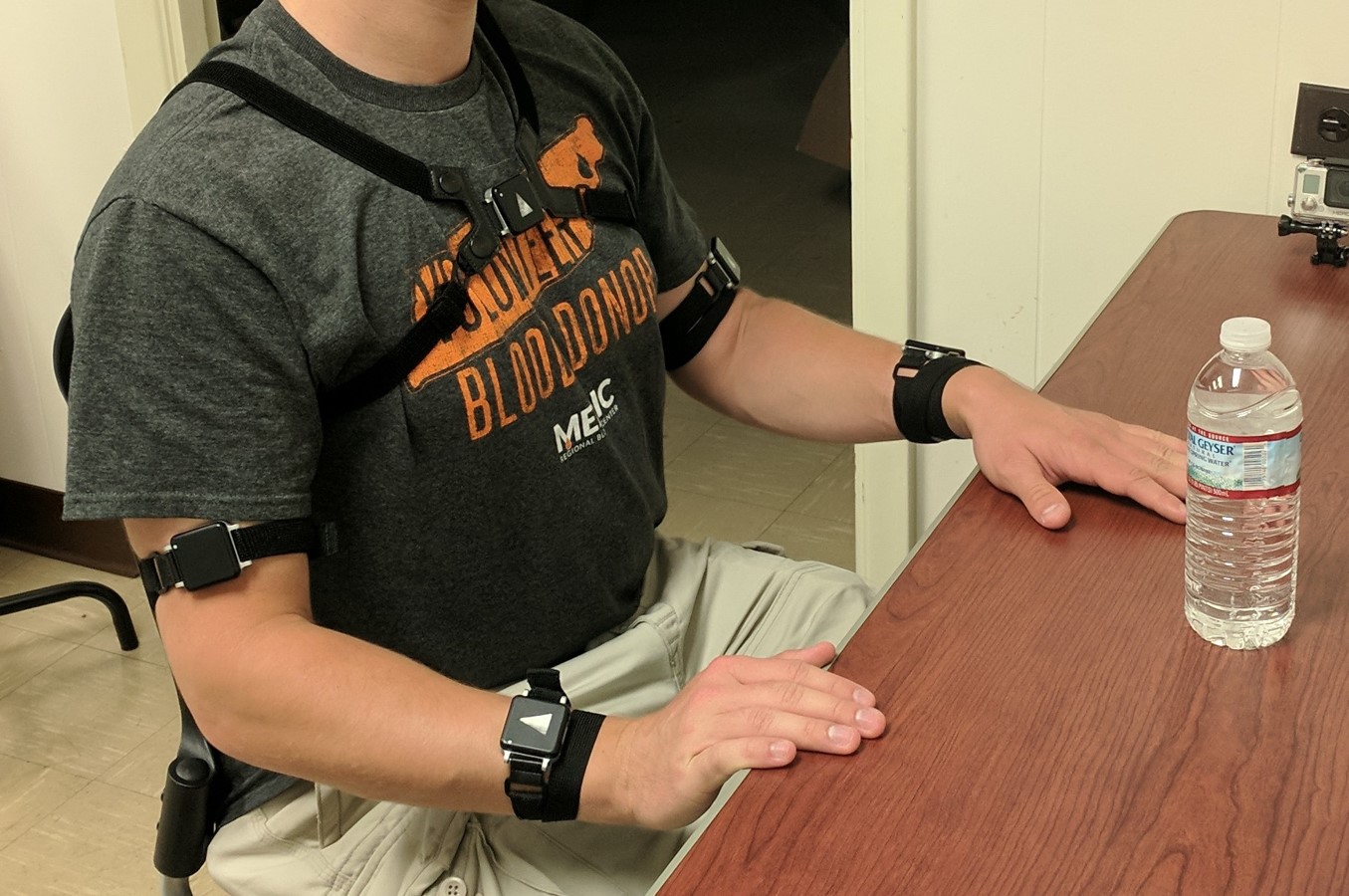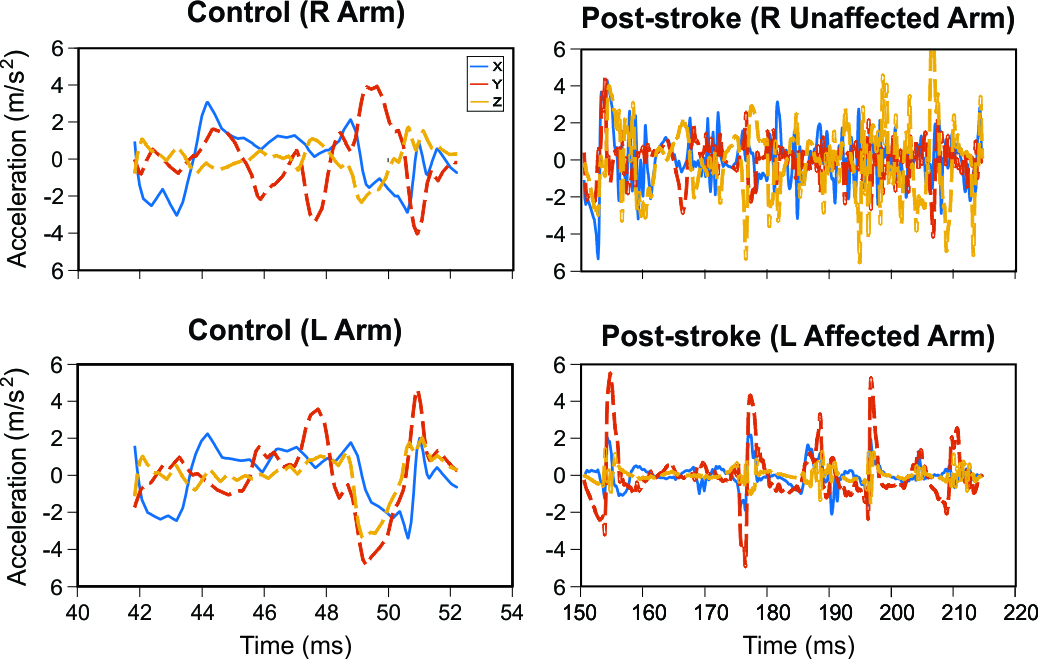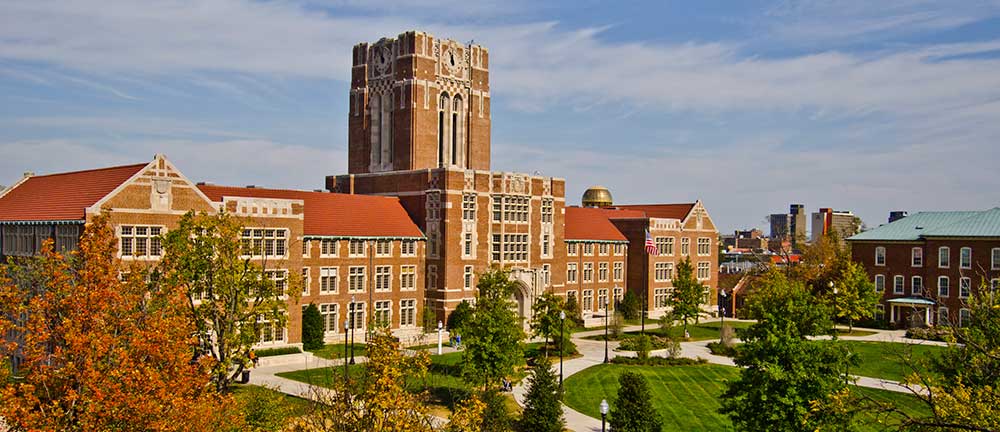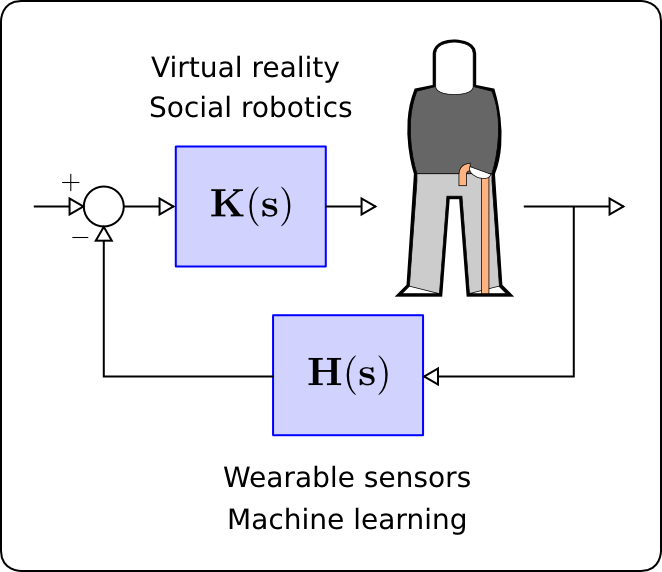Check out our recent TEDxUTK talk!
The Behavior, Robotics, and Sensing Group is focused on influencing human behavior using robotics and virtual reality, and quantifying changes in behavior using sensing and machine learning approaches. We leverage principles of motor learning and control to develop novel techniques for rehabilitation and human monitoring.
We are particularly interested in applying these techniques to individuals living with motor and neurological deficits.
By treating the human as a dynamical system, we can provide system inputs using robotic and VR technologies, while measuring the effects of those inputs using wearable sensors and learning algorithms. This approach facilitates novel data driven, objective rehabilitation strategies.
Monthly Update

The project that I work on in the lab focuses recovery in patients post-stroke. We do that by looking for ways to measure the compensatory movements that a person post-stroke might employ to account for loss of function in their affected limb. These "compensatory movements" are typically simple ways that people have adjusted to living and performing normal daily activities post-stroke, and while these strategies may work for some, they can be harmful for others. We are looking for minimally invasive ways to quantify this compensation, using methods as simple as amount of use of a limb or time required to complete a task, so that, eventually, we can send patients home with these sensors and monitor them in an ambient setting. This could increase the amount of time that patients spend thinking about their recovery, which can in turn serve to increased recovery over a shorter amount of time.

The figure above shows accelerometer data from two different participants (one control and one post-stroke). The control completes the task in just ten seconds, using both arms nearly equally, but the participant post-stroke takes nearly a minute to complete the same task and clearly uses the unaffected limb much more than the affected limb. This is one simple, visual representation of the difference between healthy and post-stroke participants and why rehabilitation is so important.
What is so exciting about this project is that we have the potential to see the people we work with make real progress on an issue that could possibly affect them for the rest of their lives. Every step toward full recovery is a victory, and I am excited for the opportunity to get to work with patients to achieve those goals.
- Aaron Miller
For more information and open opportunities, please contact the lab director, Dr. Eric Wade.

